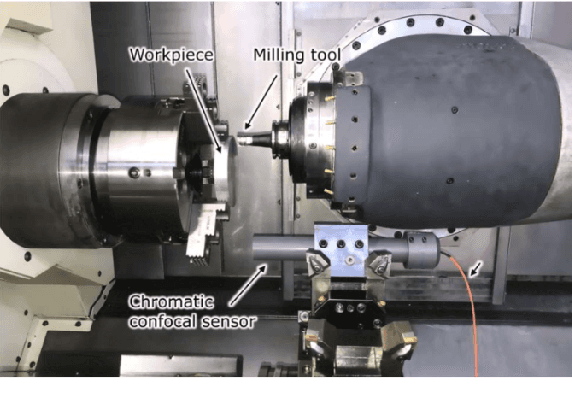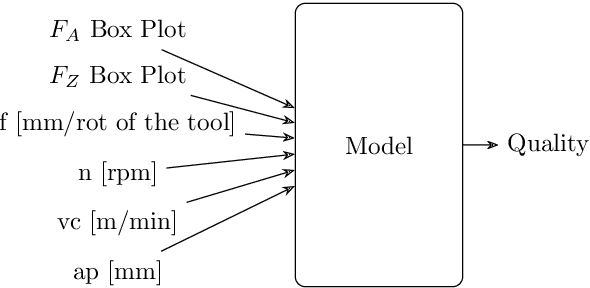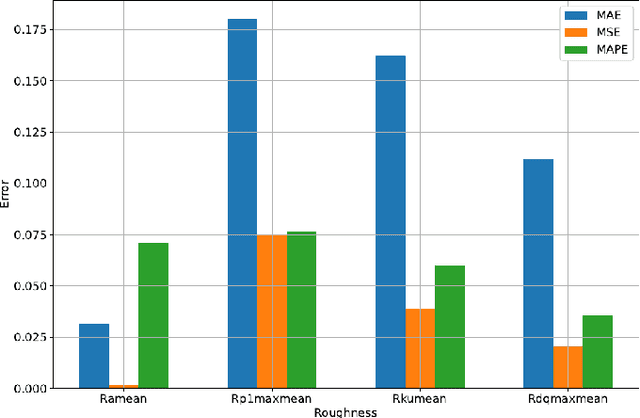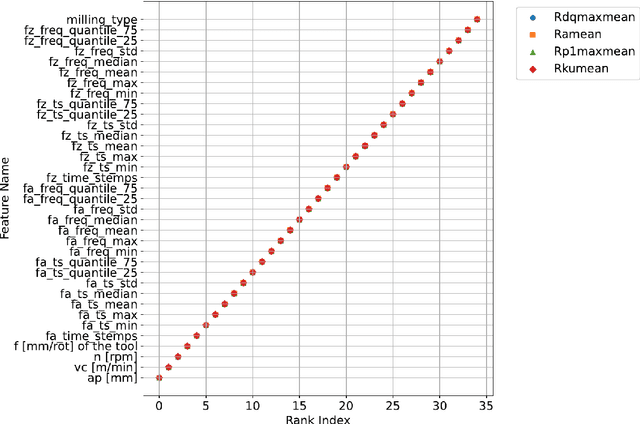Ricardo Knoblauch
Efficient Milling Quality Prediction with Explainable Machine Learning
Sep 16, 2024



Abstract:This paper presents an explainable machine learning (ML) approach for predicting surface roughness in milling. Utilizing a dataset from milling aluminum alloy 2017A, the study employs random forest regression models and feature importance techniques. The key contributions include developing ML models that accurately predict various roughness values and identifying redundant sensors, particularly those for measuring normal cutting force. Our experiments show that removing certain sensors can reduce costs without sacrificing predictive accuracy, highlighting the potential of explainable machine learning to improve cost-effectiveness in machining.
Enhancing Manufacturing Quality Prediction Models through the Integration of Explainability Methods
Mar 27, 2024


Abstract:This research presents a method that utilizes explainability techniques to amplify the performance of machine learning (ML) models in forecasting the quality of milling processes, as demonstrated in this paper through a manufacturing use case. The methodology entails the initial training of ML models, followed by a fine-tuning phase where irrelevant features identified through explainability methods are eliminated. This procedural refinement results in performance enhancements, paving the way for potential reductions in manufacturing costs and a better understanding of the trained ML models. This study highlights the usefulness of explainability techniques in both explaining and optimizing predictive models in the manufacturing realm.
 Add to Chrome
Add to Chrome Add to Firefox
Add to Firefox Add to Edge
Add to Edge